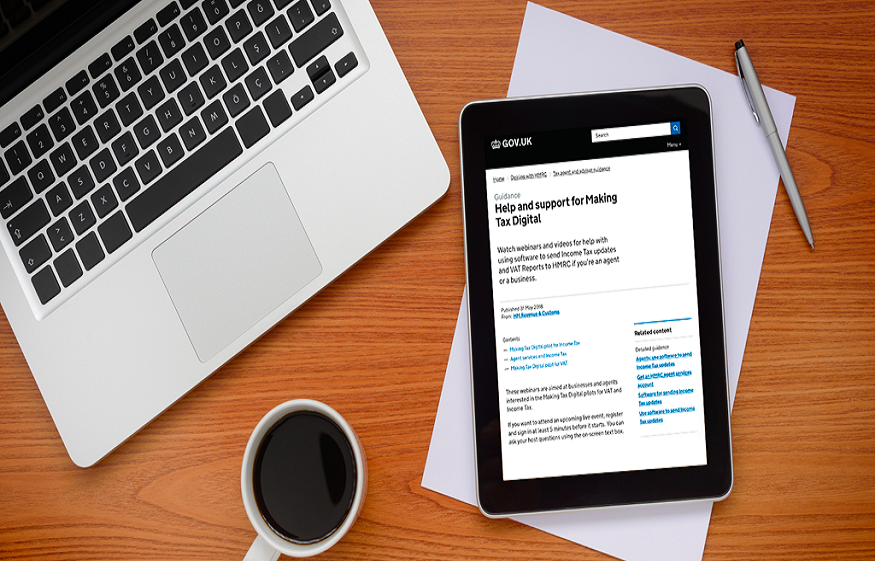While the governments are often accused of being slow and resistant to change, this was one time when the UK government took the lead. This was a programme to change the way that people paid tax in the UK. Making it easier and simpler to keep track than ever. For your convenience, we’ve put together everything you need to know about Making Tax Digital (MTD). You can find out how and why this initiative came to be and what it means for you as a business owner.
Making tax simpler by going digital
We’ve seen a technology revolution over the last few decades, and it has affected every aspect of doing business. For most businesses, even their records for transactions and other items have become completely digital. The advantage in this is that it significantly reduces the possibility of maths errors when calculations are made.
In recognition of the change in the way business is conducted, HRMC wanted to update its systems and processes to be able to integrate with digital methods of keeping records. Beyond that, it had the goal to become one of the world’s leading tax authorities when it comes to digital integration. They knew that it was essential for the channels between the tax authority and businesses to be seamless for this to work.
MTD launched a trial programme in 2019 for VAT-registered firms with annual revenues of more than £85,000. A brief time later, more than 1.4 million businesses had registered to utilise the service.
According to HMRC, it is suggested that firms sign up for MTD even if they fall below the current VAT threshold. This is to take advantage of the improved processes and record keeping those digital methods provide. However, this will also be changing as from April 2022, businesses that do not fall inside the VAT threshold will be forced to register for MTD.
VAT returns and Making Tax Digital
After registering for Making Tax Digital, businesses must use compatible software to submit a VAT return online. Spreadsheets are still preferred by some businesses to keep track and store their VAT information. MTD was developed to accommodate for this by using bridging software that can connect to submit records directly. So, businesses are able to use the method they prefer to submit their VAT returns.
Income Tax and Making Tax Digital
If their yearly turnover exceeds £10,000, sole traders and property owners now must submit their tax returns using MTD-compatible software. Rather than submitting a single annual Return, businesses who participate in MTD for Income Tax must submit quarterly returns instead. There’s no need to make any accounting adjustments to these as they are just income and expenditure records. Once everything has been submitted, you will be able to see your exact tax position. You will find out what tax you are due to pay once you have completed and sent through your final return for the year, as well as finding out if you are due any tax relief or refund.
How long did it take to roll out Making Tax Digital?
All VAT-registered businesses must be MTD-registered and compliant by 20 April 20. Current legislation states that all self-employed business owners (sole traders) and property owners with an annual income of more than £10,000 must register with the MTD by April 2024; however, this deadline may be extended. April 2025 will be the deadline for general partnerships with a yearly turnover of £10,000, while April 2026 will be the deadline for general partnerships with a revenue of £10,000.


